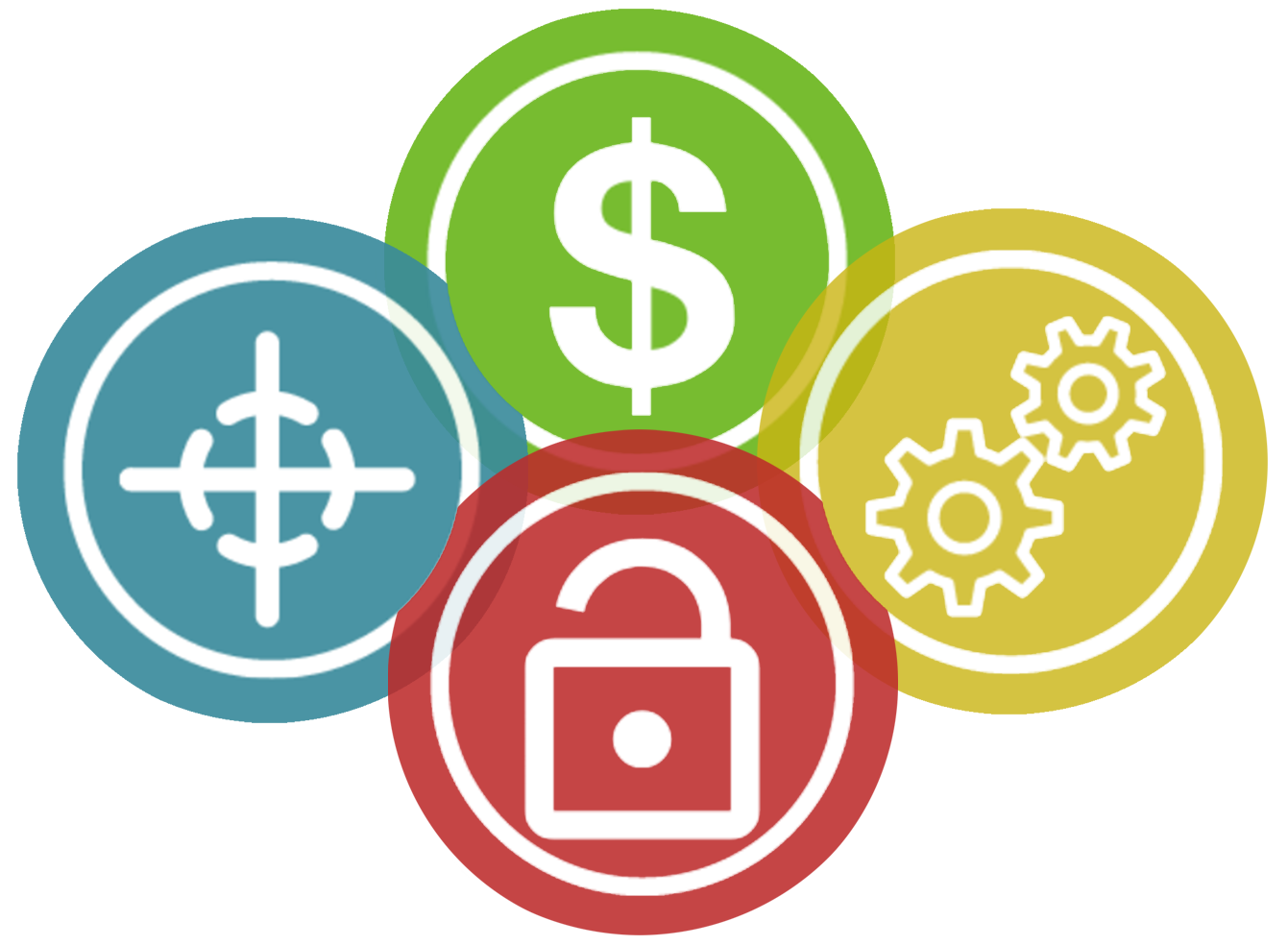An Instructional Design Perspective
By Carrie Sennett and Diana Vasquez, Instructional Designers, Vanderbilt University School of Nursing
Cite this guide: Sennett, C., & Vasquez, D. (2020). An Instructional Design Perspective. Vanderbilt University Course Development Resources. https://www.vanderbilt.edu/cdr/module1/an-instructional-design-perspective/
There is a big difference between intentional course design and what we like to call the “information dump.” Intentional design takes into consideration how the learning objectives align to instructional materials and methods, assessments, activities, and learner interactions. The information dump technique of course design merely “dumps” everything from the face-to-face course into the online learning management system (LMS) without recognizing the inherent differences in the two formats. The key to intentional design is having a clear goal for learners and a well-defined path to lead them there.
As instructional designers at the School of Nursing, we are often asked by faculty to help make a course more engaging for students, adapt a face-to-face activity for asynchronous learning, or just find a new way to deliver content or assessments. Sometimes faculty will even come to us with a new educational tools they want to use, but just aren’t sure how to incorporate them into their classes. No matter the situation, our initial response is always the same – what are your learning objectives? Student learning is what drives every design decision we make – from the types of instructional assets to the methods of assessment, and everything in between.
So, how do you decide when to incorporate new learning tools or technology into a course? The first consideration should always be about how the tool facilitates the learning outcomes identified in the objectives; if it doesn’t lead students down the path of mastery, then it may not be useful or necessary. Because distance learning can be isolating, increasing learner interactions–whether it be with each other, the instructor, or the content–is another important factor to consider when choosing online learning tools. As you decide which tool(s) to include in your course we caution you to be wary of “technology overload.” Students should be focused on learning critical concepts in a course, not learning a bunch of new software (unless, of course, learning new software is a defined learning objective).
be with each other, the instructor, or the content–is another important factor to consider when choosing online learning tools. As you decide which tool(s) to include in your course we caution you to be wary of “technology overload.” Students should be focused on learning critical concepts in a course, not learning a bunch of new software (unless, of course, learning new software is a defined learning objective).
To help you get started, we’ve come up with the following checklist of things to consider when evaluating technology tools to use in your online course. You can download a full-color PDF version of the checklist here: Technology Checklist
Purpose
- Facilitates a defined learning outcomes – Will this tool enhance student learning / facilitate mastery of desired objective?
- Increases learner interaction – Will this tool provide learners with a way to interact with each other, the content, or the instructor in a meaningful way?
Value
- Fills a gap – Is there an existing tool in the LMS that does the same thing in an efficient way? If so, what added value does this tool offer?
- Cost – How much does it cost? Who will pay for it? Are there license restrictions?
Usability
- User Interface – Is the user interface intuitive, accessible, and user friendly?
- Functionality – Does this tool function effectively and easily, or does it just look flashy?
- LMS Integration – Does this tool connect to your LMS? If so, how? If not, how will you incorporate student work done with tool into your course?
- Compatibility – Will this tool work on a variety of operating systems (Window, Mac, iOS, Android, etc)?
- Platform – Is this tool available across devices (desktop, laptop, tablet, mobile, etc.)
- Installation – Is this tool web-based or does it need to be downloaded to a device?
- Support – Does the tool have sufficient help or support for technical questions and issues that might arise?
- Accessibility – Does the tool meet accessibility standards?
Security
- Privacy Policy – What, if any, information will be shared and with whom?
- Safeguarding Information – Will student information be secure?
- Ownership of Asset – Where do any assets created with this tool reside – downloaded to local computer or the cloud? Will students need to create an account?
You don’t need to check every box on the list for a tool to be valuable, but you do need to consider each item in order to make an informed decision. Remember, the more intentional you are with your design decisions, the better your course will be.
 |
1. Save or print the PDF version of the Technology Checklist for future reference. |
 |
2. Reflect on the following questions:
|

This page is licensed under a Creative Commons Attribution-NonCommercial 4.0 International License.


